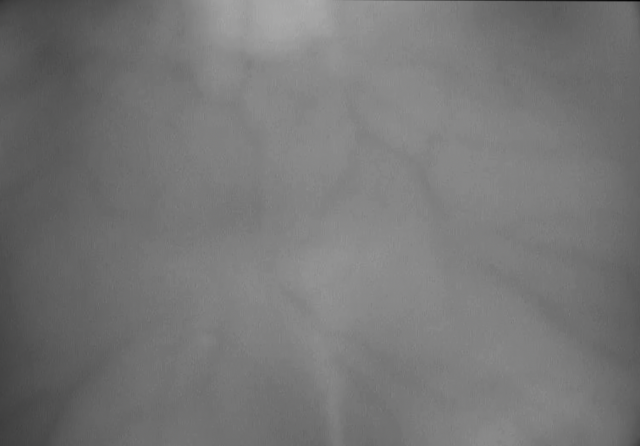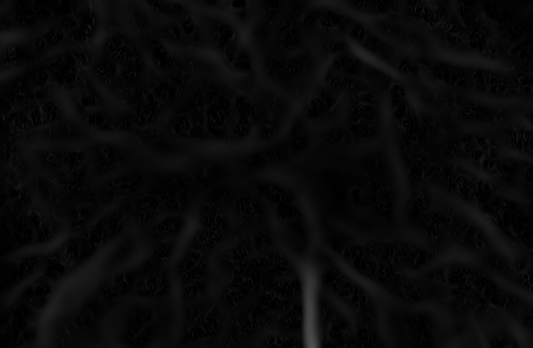For this project, I captured and isolated the movement of veins within the body. I was initially inspired by the Visible Human Project along with infrared photography due to the shared ability to capture what is hidden beneath our skin. And as someone who has a very turbulent relationship with their skin (I used to have a tendency to compulsively pick at it out of habit), I was also pretty keen on figuring out if there was a way I could somehow magically make this whole, giant organ suddenly disappear.

For person in time, I want to strip away a part of myself that I am constantly aware of and very accustomed to seeing, feeling, smelling everyday. When it is absent, will I still be able to recognize myself in the presented image?
Ideally, this portrait would have been a capture of only one person’s veins, but due to the difficulty of working with infrared technology, the end result consisted of veins from 2-3 people. Some people had prominent veins in certain areas/appendages and lacked them in others, so creating a collage of everyone’s most visible sections worked best.
I first captured veins under the skin using a camera with an infrared filter along with an infrared light. Once that was all done, I had to focus on extracting these veins from the footage. I initially played around with different methods of doing so (in After Effects and by using Ridge Filters and Adaptive Thresholding with python) and settled on a pipeline that implemented them both. I put individual stills from the footage (shout-out to miniverse for helping me figure out how to isolate and convert individual frames of my video footage) through a script which used ridge filters to detect and isolate any vessel-like structures. (source: https://www.youtube.com/watch?v=Fdhn5_gT1wY). I took the sato filtered image sequences and compiled them again into an After Effects composition. That is where I collaged together the animated body.


From a traditional standpoint, collaging body parts and making it look like one cohesive body is a hard thing to do, and especially when you want the body to be moving. Different attributes visually present itself on skin (like textures and colors of skin, mannerisms in particular movements, amount of hair, etc) that can allow the viewer to easily distinguish what parts belong to who. I now really want to see if viewers can still tell which part of the body belongs to different people when provided this portrait lacking the appendages we are used to seeing.
